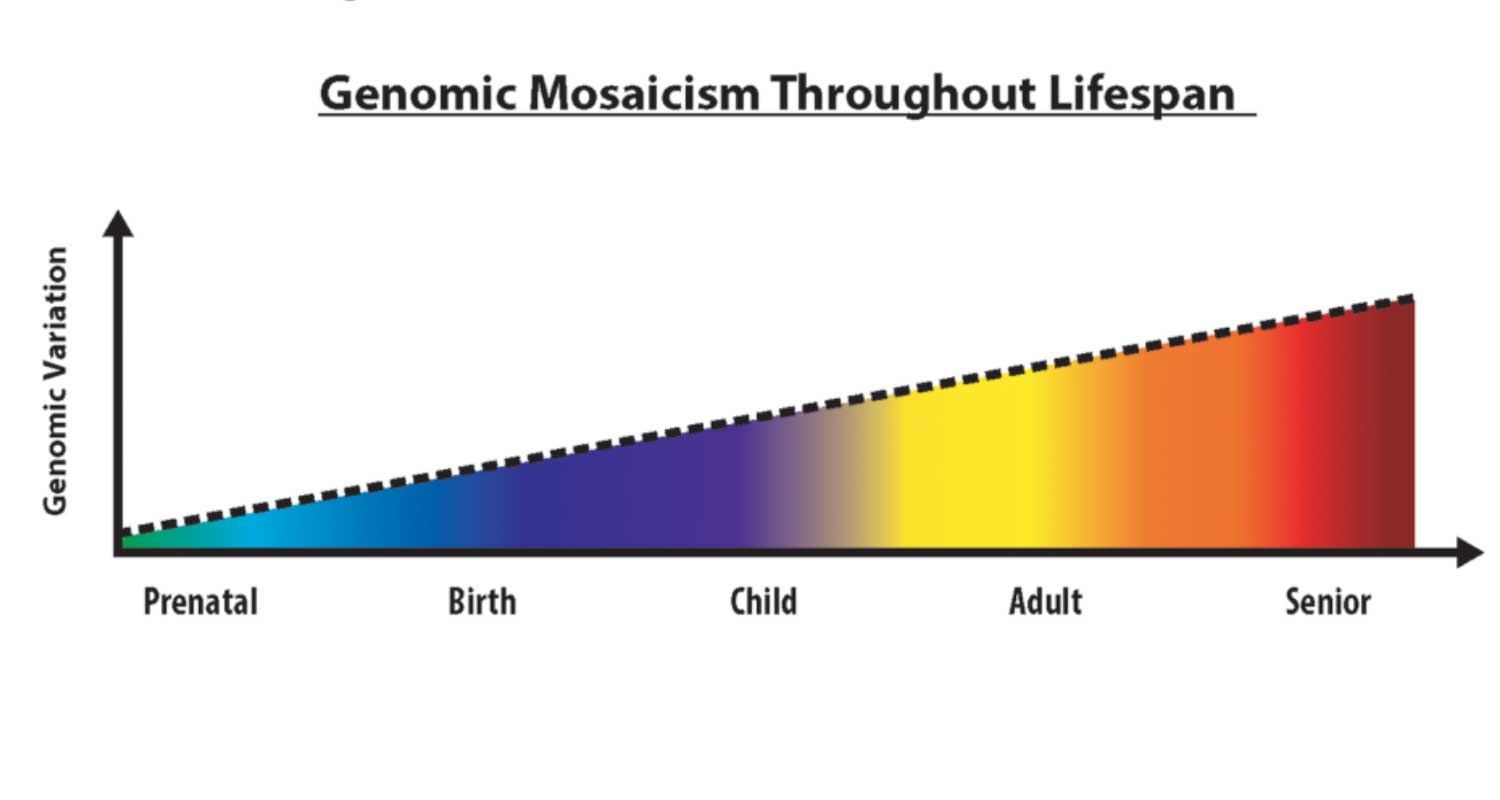We learned in biology class that every cell in the body has the same DNA. Whether a heart cell, skin cell or muscle cell—they all read from the same genetic blueprint.
Now, scientists are learning there is more to the story. New research into brain cells is revealing that their DNA blueprint is radically different than expected. Compared to DNA in other cells, neurons have more, less and rearranged DNA. And these changes accumulate over time.

Jerold Chun, MD, PhD, professor and senior vice president of Neuroscience Drug Discovery at Sanford Burnham Prebys Medical Discovery Institute (SBP), is pioneering research into this phenomenon, called genomic mosaicism. Due to his expertise, he was recently selected by a leading scientific journal to write an overview of the latest research on the topic.
We caught up with Chun and asked, “What are three things we should know about genomic mosaicism in the brain?” Below are his answers.
- It could explain many medical mysteries. Why do brain disorders arise sporadically? Why don’t babies get Alzheimer’s? What causes autism? Brain disorders are one of the greatest mysteries and medical challenges of our time. Genomic mosaicism provides a potential explanation.
- Brain cells aren’t the only ones with jumbled DNA. Our immune system was an early example of genomic mosaicism occurring in normal cells. To protect us, our immune system rearranges DNA to create cells that can recognize and remove unwanted intruders. Genomic mosaicism may not be as unusual as we had thought.
- We don’t yet know how this genomic mosaicism occurs. We know DNA in brain cells varies wildly. But we don’t know how our neurons create these differences. Understanding the mechanism is a critical next step for the field. If we understand how brain-cell DNA changes, we can better understand when the process goes awry and if that causes disease.
Unlocking the secrets of genomic mosaicism in the brain has the power to change textbooks and, more important, people’s lives. The underlying cause of many brain disorders—Alzheimer’s, autism, schizophrenia and more—may lie in the surprising scrambling of our brains’ DNA.
To receive updates on this science and more discoveries from SBP, subscribe to our monthly newsletter.
